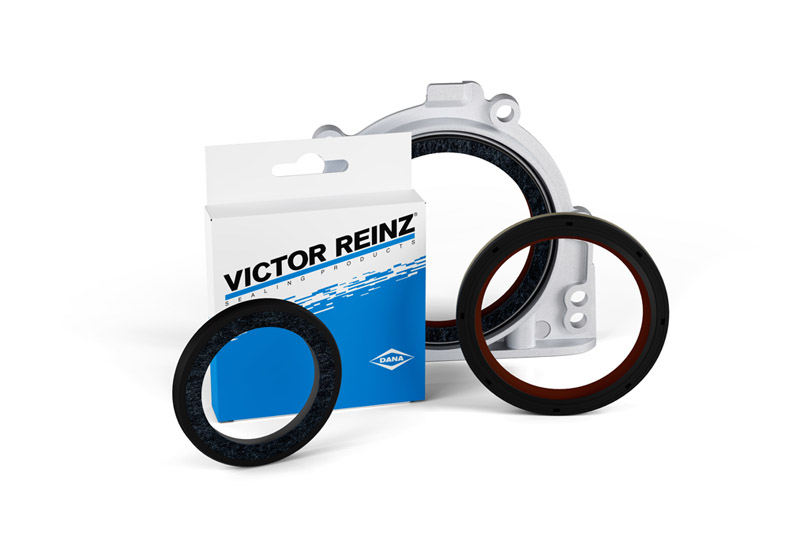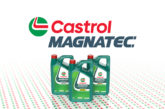
As the technology behind oil seals continues to evolve, Mahle is bringing a new range of PTFE (Polytetrafluoroethylene) seals to the aftermarket and offering technicians fitment advice.
These seals represent a shift from traditional rubber seals, by claiming to deliver enhanced performance and longevity to automotive maintenance professionals worldwide.
Over the past few years, the automotive industry has witnessed a transformation in oil seal material construction. MAHLE Aftermarket is said to have been at the forefront of this revolution, via its Victor Reinz brand, adopting PTFE oil seals across various applications.
Unlike conventional rubber seals that require soaking or oil covering before installation, PTFE seals boast inherent properties that eliminate the need for such pre-treatments, reportedly simplifying the installation process while ensuring superior performance.
Installing PTFE oil seals requires precision and adherence to best practices. MAHLE Aftermarket recognises the importance of proper installation techniques and is committed to providing guidance to technicians.
Here are some essential tips recommended by MAHLE:
Retain the plastic sleeve: PTFE oil seals come with an inner plastic sleeve that serves as an assembly aid. Technicians should refrain from removing the sleeve until after the seal has been fitted.
Ensure shaft cleanliness: Before installation, the shaft surface must be clean and dry to facilitate proper sealing.
Avoid grease or oil: Do not apply any grease or oil to the seal or shaft surface before fitting.
Utilise installation tools: In some cases, specialised removal and installation tools may be necessary to ensure correct placement and prevent damage to the seal. Once fitted the shaft should be rotated twice (not under power). The vehicle should then be left for four hours to let the seal cure on the shaft. Rotating the shaft under power will damage the seal unit it has cured.
Follow manufacturer’s instructions: Always follow OEM instructions and recommendations for seal installation to ensure optimal performance and longevity.
By adhering to these guidelines, it’s said technicians can ensure the seamless installation of PTFE oil seals, maximising their effectiveness and longevity in automotive applications.
To support technicians in their endeavours, MAHLE Aftermarket offers a range of tools via Victor Reinz, as well as technical service bulletins detailing fitment advice, tailored to various vehicle models and engine types. These tools are designed to facilitate the correct fitment of oil seals, ensuring efficiency and reliability in every installation.
“As the automotive industry evolves, it’s crucial for aftermarket professionals to stay updated on the latest technologies and best practices,” said Alan Povey, quality, warranty, and technical representative at MAHLE Aftermarket.
“Our transition to PTFE oil seals represents a significant step forward in enhancing reliability and performance in vehicle maintenance. We’re dedicated to providing technicians with the knowledge and tools they need to succeed.”









